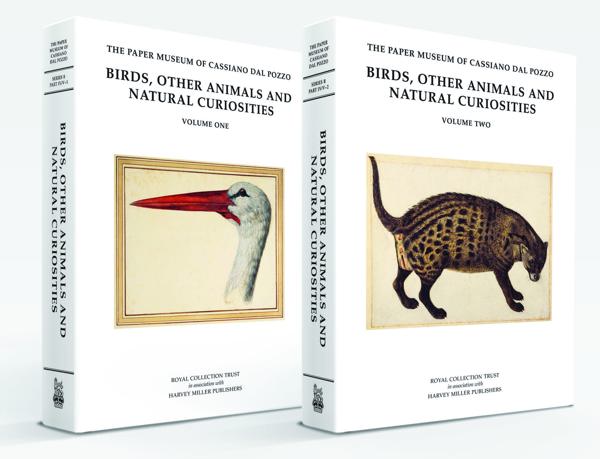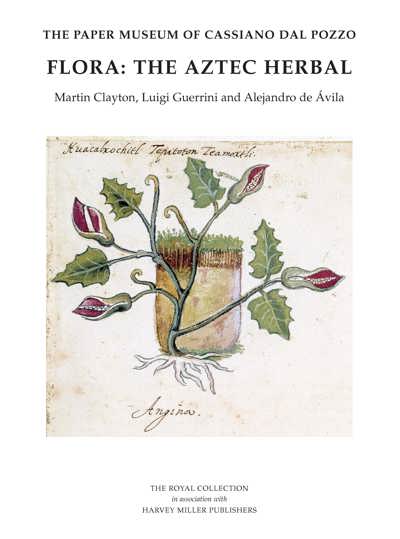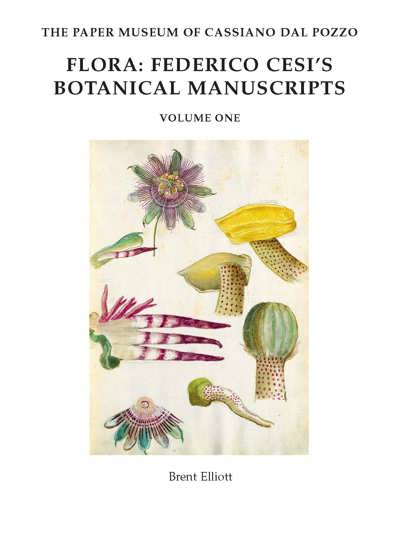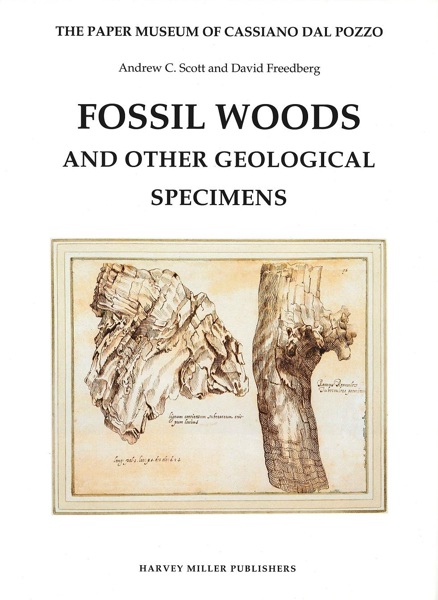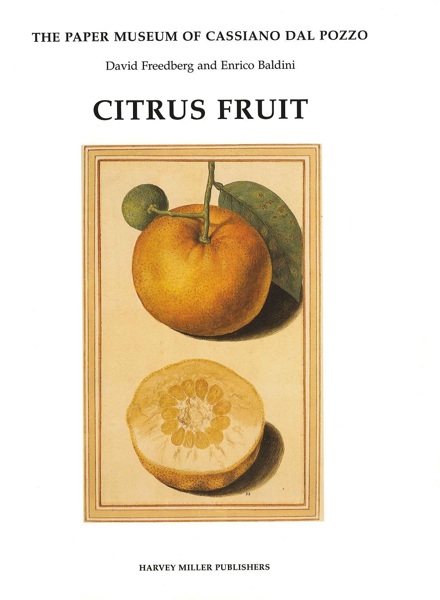
Birds, Other Animals and Natural Curiosities
Henrietta McBurney, Paula Findlen, Caterina Napoleone, Ian Rolfe, Arthur MacGregor, Arturo Morales-Muñiz, Eufrasia Roselló-Izquierdo, Kathie Way, Onno Wijnands
- Pages:2 vols, 944 p.
- Size:220 x 285 mm
- Illustrations:28 b/w, 428 col.
- Language(s):English
- Publication Year:2017
- € 170,00 EXCL. VAT RETAIL PRICE
- ISBN: 978-1-909400-60-3
- Hardback
- Available
“This two-volume publication in the long and impressive series of Cassiano dal Pozzo volumes on natural history is, if possible, my favourite. Like the other volumes it is beautifully produced. The quality of the essays is excellent throughout, and the editors and authors have done an impressive job in organizing this recalcitrant and heterogeneous material, making it accessible, and lucidly explaining to what extent we can still discern traces of its original organization (…) A top quality standard work for many decades!” (Florike Egmond, in the Journal of the History of Collections, 2017)
“These books are weighty, both literally (6,5kg) and figuratively. The accompanying text oozes scholarship and production values are high.” (Michael Brooke, in: The Art Newspaper, Nov. 2017, p. 21)
“The essays raise important questions concerning the relationships between natural history and natural philosophy, and between science and collection practices in this early modern period.” (Matthijs Jonker, in ISIS, 110/4, 2019, p. 826)
Paula Findlen is Professor of Italian History and Department Chair at Stanford University, where she has also directed the Suppes Center for the History and Philosophy of Science and Technology and the Center for Medieval and Early Modern Studies. Her research focuses primarily on science and culture in early modern Italy, including the history of museums, collecting and natural history.
Henrietta McBurney is an art historian and curator whose interests include early natural history illustration, portraiture and the history of collections. She has curated art collections at the Royal Library, Windsor Castle, Eton College, the Garrick Club (London), Newnham College and other colleges of the University of Cambridge.
Arthur MacGregor served as a curator for almost 30 years at the Ashmolean Museum, Oxford. His interests have focused principally on archaeology, anthropozoology, and the history of collecting. He has served as Director of the Society of Antiquaries of London and President of the Society for the History of Natural History.
Arturo Morales Muñiz is chair of Zoology and director of the Laboratorio de Arqueozoologia at the Universidad Autónoma de Madrid. He has been an ERASMUS instructor at the Universities of Bergen, Copenhagen, Ghent, Groningen and Munich. Author of more than 350 research papers, and adviser to a number of research agencies and journals, he is founder and present director of Archaeofauna: International Journal of Archaeozoology.
Caterina Napoleone is an art historian with a special interest in marble, pietre dure, the Grand Tour, scientific collections and the decorative arts. From the 1990s she has worked closely with the publisher Franco Maria Ricci, for whom she has written and edited a number of volumes.
Ian Rolfe is former Keeper of Geology at the National Museum of Scotland in Edinburgh and served as Deputy Director and Senior Keeper of Geology at the Hunterian Museum of Glasgow University and Assistant Curator in the Museum of Comparative Zoology at Harvard (Cambridge, Massachusetts).
Eufrasia Roselló Izquierdo is Assistant Professor of Zoology at the Universidad Autónoma de Madrid and serves as editor of Archaeofauna: International Journal of Archaeozoology. Author of more than 150 papers, her research focuses on the analysis of fish remains from archaeological sites.
Carlo Violani is a zoologist who has taught at the University of Pavia on subjects including the history of natural history museums and of biology. His main interests are ornithology, entomology, bats and the history of collecting and illustrating zoological specimens.
Kathie Way served as a curator the Natural History Museum, London, where her long career of some 50 years culminated with her appointment as Senior Curator of Mollusca in the Department of Life Sciences. She was also Honorary Curator of Fish, Shells and General Zoology at the Linnean Society of London, where her expertise was fundamental to the building of the Society’s online database of specimens deriving from Linnaeus’s collection.
Dirk Onno Wijnands was a Dutch botanist and Head of the Wageningen Botanical Garden. He was noted for his work on historical botanical collections, including those of the seventeenth and eighteenth centuries represented in the work of Jan and Caspar Commelin and those belonging to the Anglo-Dutch merchant George Clifford now at the Natural History Museum in London.
This two-volume catalogue brings together some of the finest natural history drawings assembled by Cassiano dal Pozzo (1588–1657) and his younger brother Carlo Antonio (1606–89) in Rome over the course of the seventeenth century. Included are 251 coloured drawings of fauna and 63 of precious stones, marbles, fossils, exotic fruits and seeds and other natural curiosities. Cassiano had a particular interest in ornithology, and birds are thus the best-represented animals in this group, with more than 200 drawings of both native and exotic species. Many were the models for the plates in a book on ornithology, the Uccelliera, which Cassiano co-authored and presented to the Accademia dei Lincei on his election to that scientific society in 1622. Several others were executed to accompany discourses written by Cassiano on individual birds, often following dissection of those birds.
Other drawings of animals here include mammals, fishes, crustaceans and molluscs. The drawings of mineral specimens and natural curiosities illustrate items typically found in the collectors’ cabinets of the period: gemstones, marbles, bezoars, corals, fossils, exotic seeds and scientific instruments. Many of the specimens came from the collections of Cassiano’s contemporaries and were the focal point of scientific investigations and discussion. To catalogue such a wide range of material, a team of historians of art and science and specialists from the fields of ornithology, zoology and geology has been assembled. The introductory essays discuss Cassiano’s engagement with nature and the collecting and illustrating of fauna and other naturalia in the seventeenth century. Documentary appendices provide transcriptions and translations of key manuscript sources. Following the dispersal of a large number of the natural history drawings from the Royal Library at Windsor Castle between the two world wars, many are now in public and private collections. They constitute more than a third of the drawings catalogued here, which allows Cassiano’s surviving holdings in these fields of natural history to be studied in their entirety.

